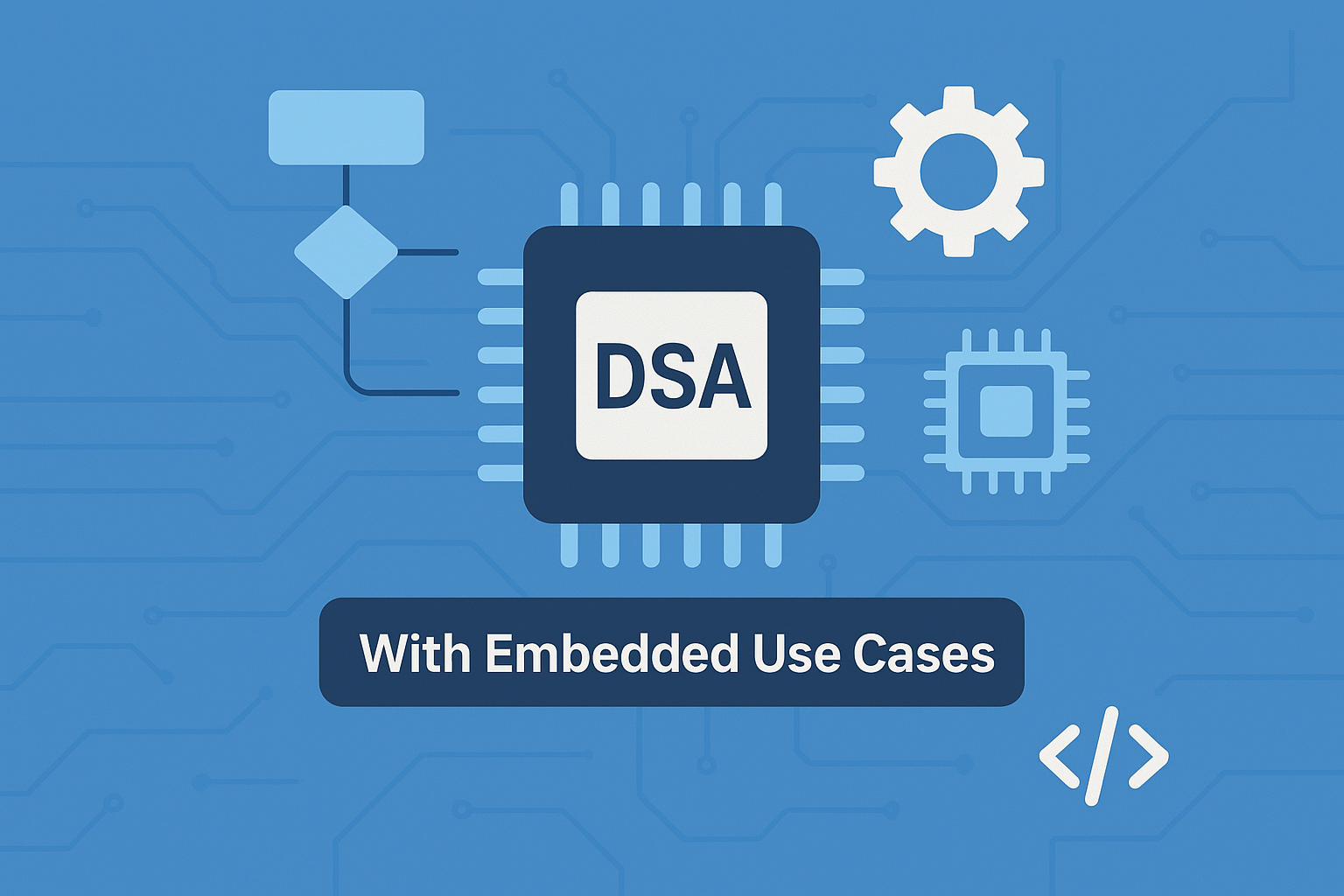-
Stack Usage in System Design
What is a Stack in C A stack is a Last-In-First-Out (LIFO) data structure used to store temporary data like function calls, local variables, and return addresses. In embedded Linux, stacks are crucial for managing interrupt service routines (ISRs) and context switching. Each process or thread has its own stack, and the kernel uses stacks…
-
Circular Buffer
What is a Circular Buffer A circular buffer, also known as a ring buffer, is a fixed-size data structure that wraps around when it reaches the end. Unlike a linear buffer, it uses two pointers — head and tail — to manage data efficiently without shifting elements. It’s ideal for scenarios where data is continuously produced and consumed, such as in…
-
Memory Management
What is Memory Management in C Memory management in C refers to how programs allocate, use, and free memory during execution. In embedded Linux, this is critical due to limited RAM, real-time constraints, and direct hardware access. -> C provides manual memory control using Stack and heap – for automatic vs manual memory malloc() /…
Start Your Journey Today
Learn Embedded Linux from the Ground Up With CodeWafer
Explore Linux programming, device drivers, and more — all in one place
CodeWafer Guided Learning
Learn, Code, Debug, Repeat – with clarity and precision
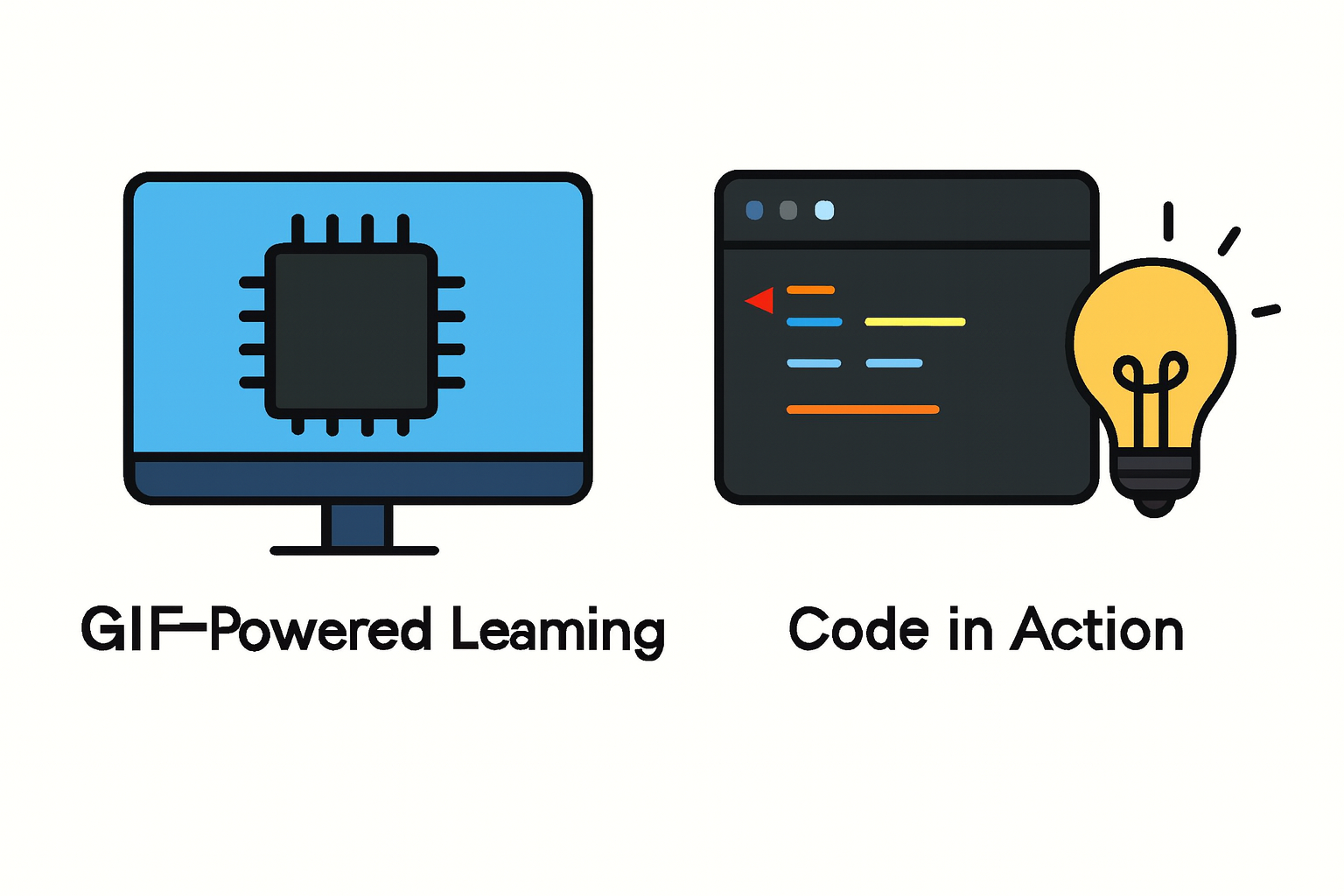
Value Proposition
Making learning embedded systems intuitive and effective
Every session is crafted to deliver engaging visuals, interactive code snippets, and clear, step-by-step guidance
GIF-Powered Learning
Watch concepts unfold with visual walkthroughs that simplify complex ideas
Code in
Action
Explore live code snippets with real-time output and practical examples
Learn more
Top Courses
Our Featured Courses
Learn with step-by-step roadmaps, animated walkthroughs, and practical coding exercises
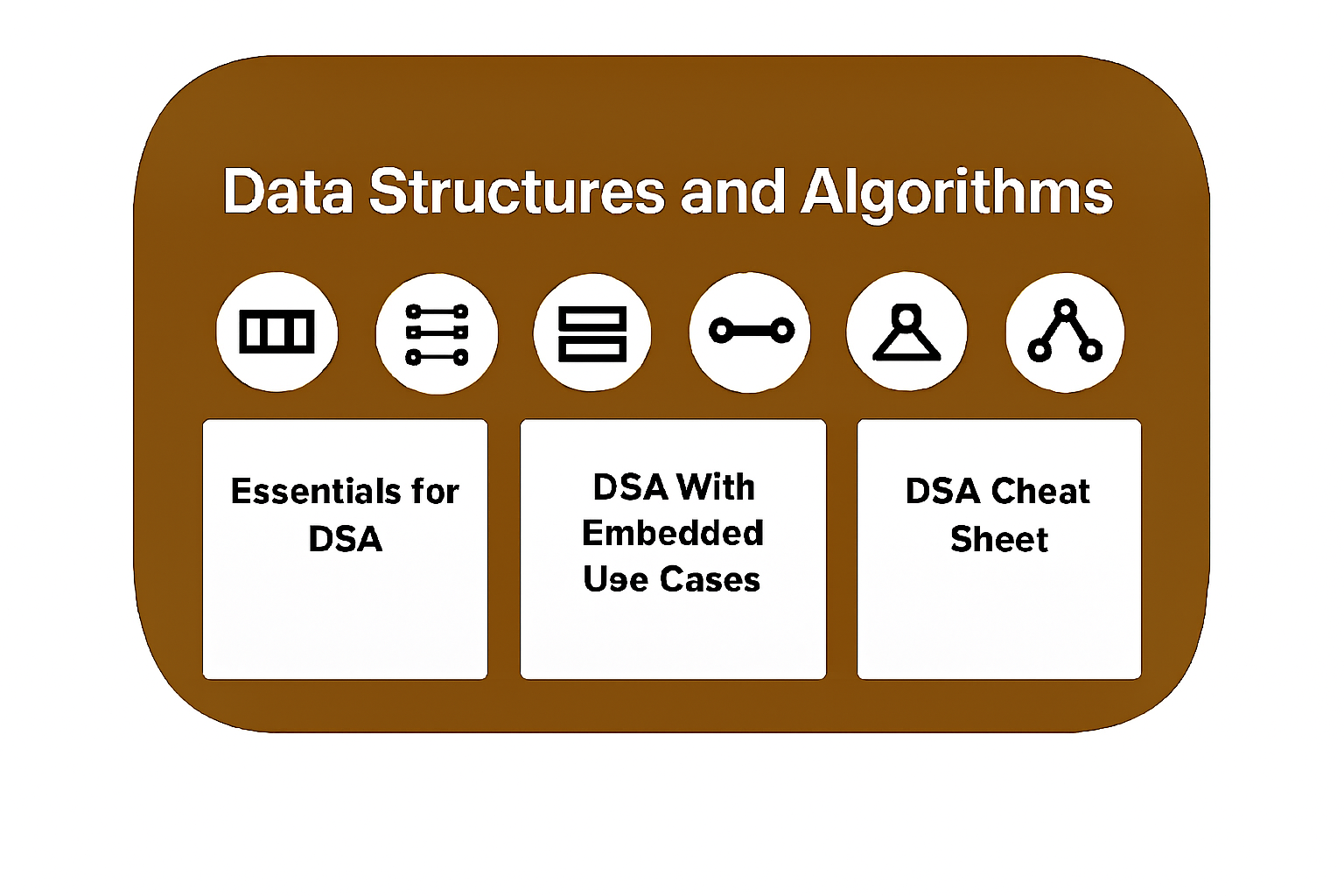
Essentials for DSA + DSA With Embedded Use cases + DSA Cheat Sheet (Soon)

N/A
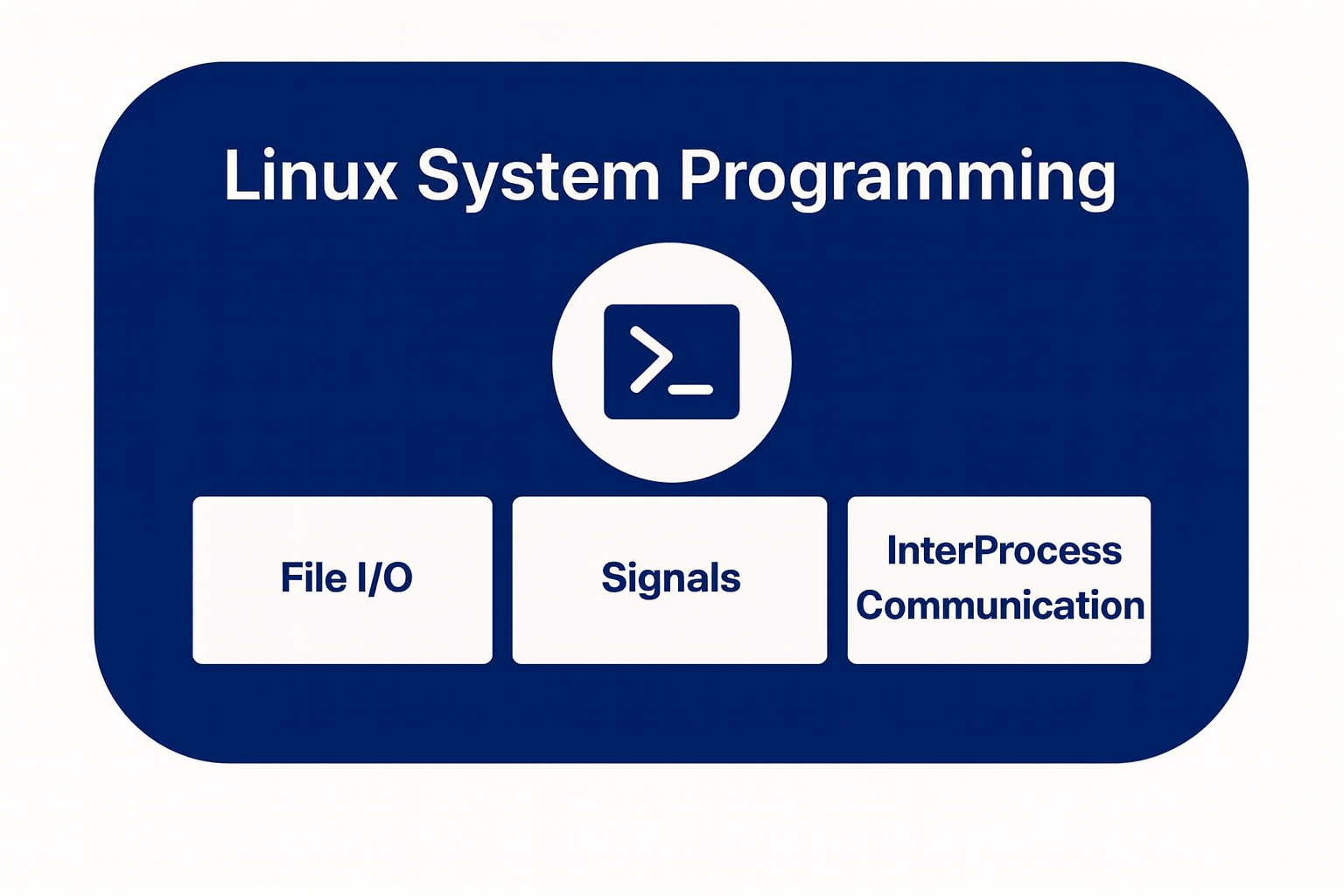
Linux System Programming with Real-Time Precision (Soon)

N/A
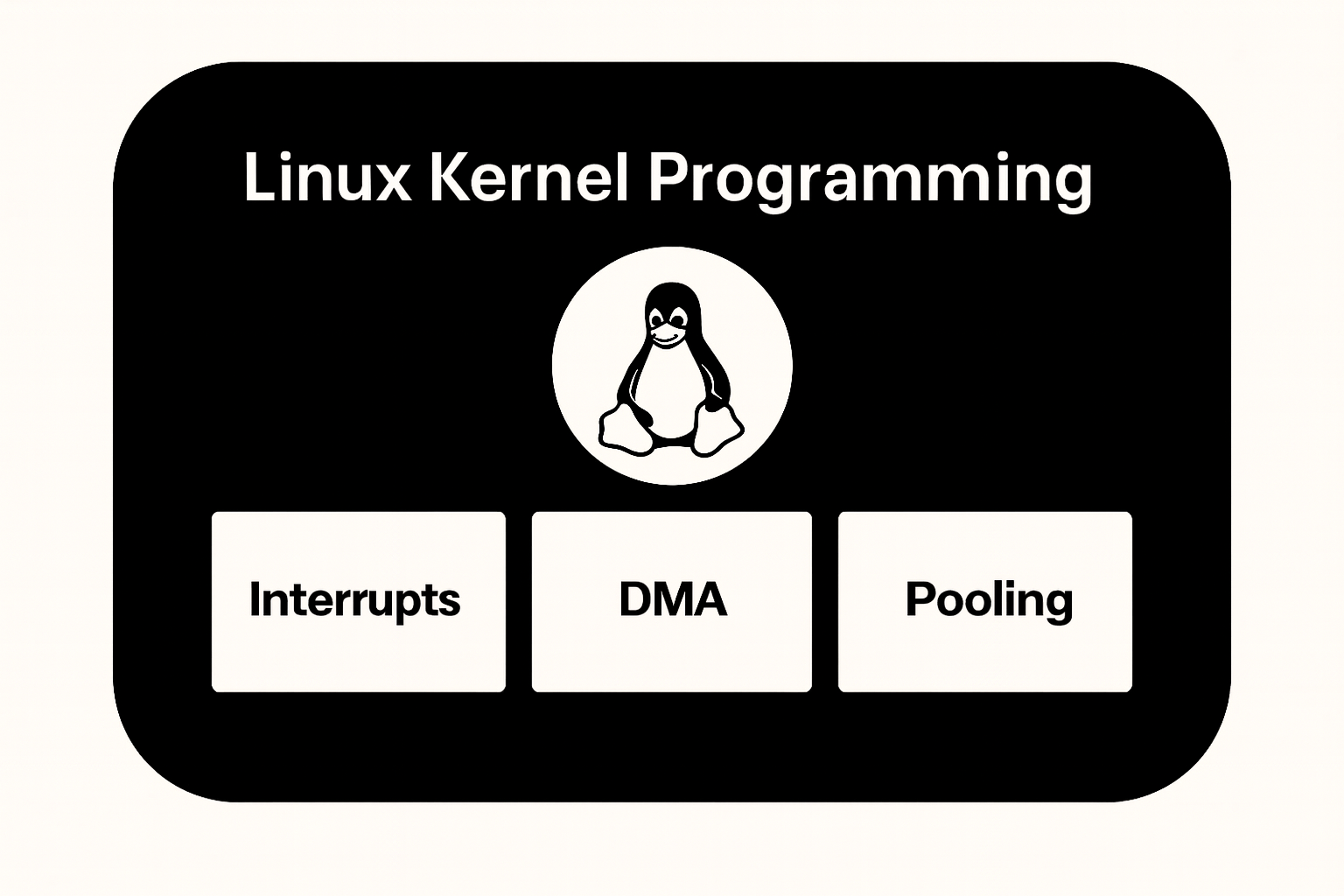
Linux Kernel Programming with Real-Time Precision (Soon)

N/A


